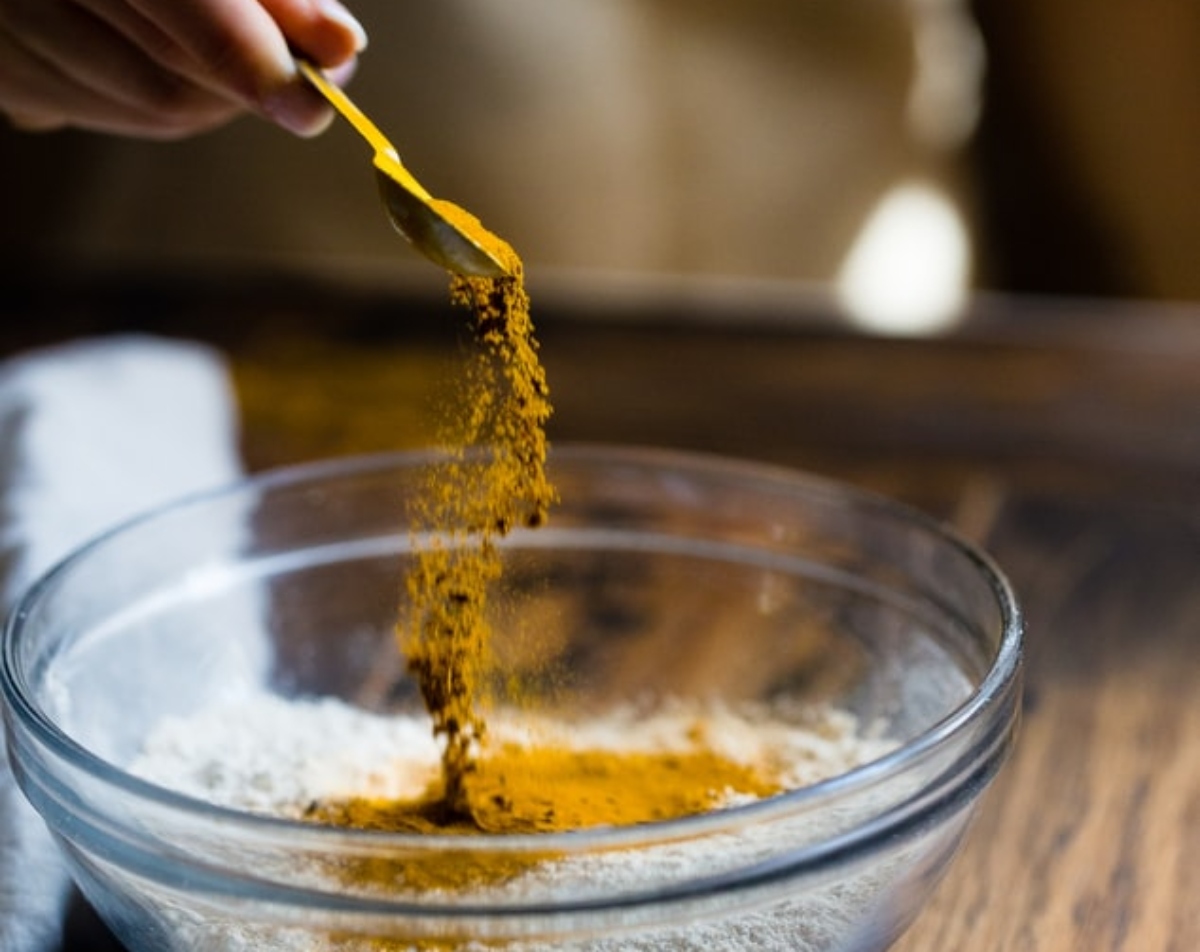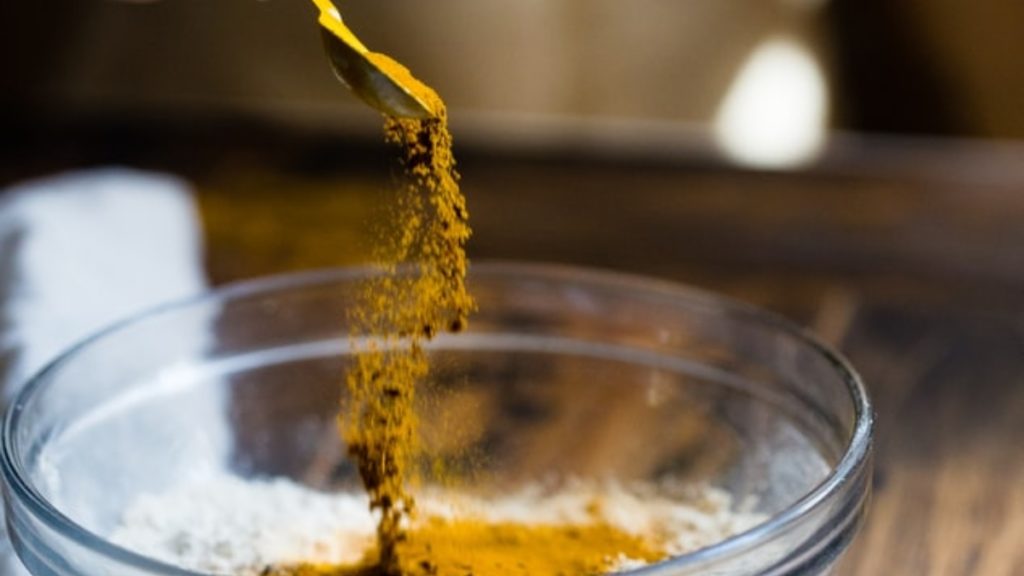
CBD rocketed to the best-selling herbal dietary supplement in natural sales channels last year, ousting turmeric as the No. 1 seller, according to a new report from the American Botanical Council.
Sales of CBD products jumped 333% in 2018 in natural- and health-foods sales channels, notching $52.7 million in U.S. sales, the Texas-based industry group reported this week in its 2018 Herb Market Report.
“CBD products have flooded the U.S. marketplace, and sales show no signs of slowing,” the American Botanical Council said.
In 2017, natural sales channels sold some $7.6 million worth of CBD.
However, CBD products have not yet cracked the Top 40 for dietary supplements in mass-market channels such as mainstream grocery and drug stores, the group says. In those mass-market channels, horehound was the top seller in 2018, nearing $147 million in sales. Horehound is a member of the mint family and is commonly found in cough drops and lozenges.
The CBD boom came as sales of other hemp-derived dietary supplements fell by 9.9% in 2018. Hemp supplements such a hempseed oils rich in omega-3 fatty acids are declining in popularity even as CBD is flying off shelves, the group reported.
“The reason for the sales decline is unclear, but it may be due to increased availability of and consumer preference for other plant-based sources of protein and fiber,” the group concluded.
The report does not track sales in cannabis retail channels. The report uses sales data from Nutrition Business Journal and SPINS, a market-tracking firm that specializes in natural and organic products.
Some other takeaways about CBD sales:
- Roughly 60% of the CBD products sold in the U.S. natural channel in 2018 were in the form of alcohol-free tinctures, followed by capsules and softgels.
- The majority of CBD supplements are marketed for nonspecific health issues, with mood support and sleep the next most-popular uses.
- U.S. consumers spent more than $8.8 billion on all herbal dietary supplements in 2018.
- Overall sales of herbal supplements in the U.S. have increased each year since 2004.


